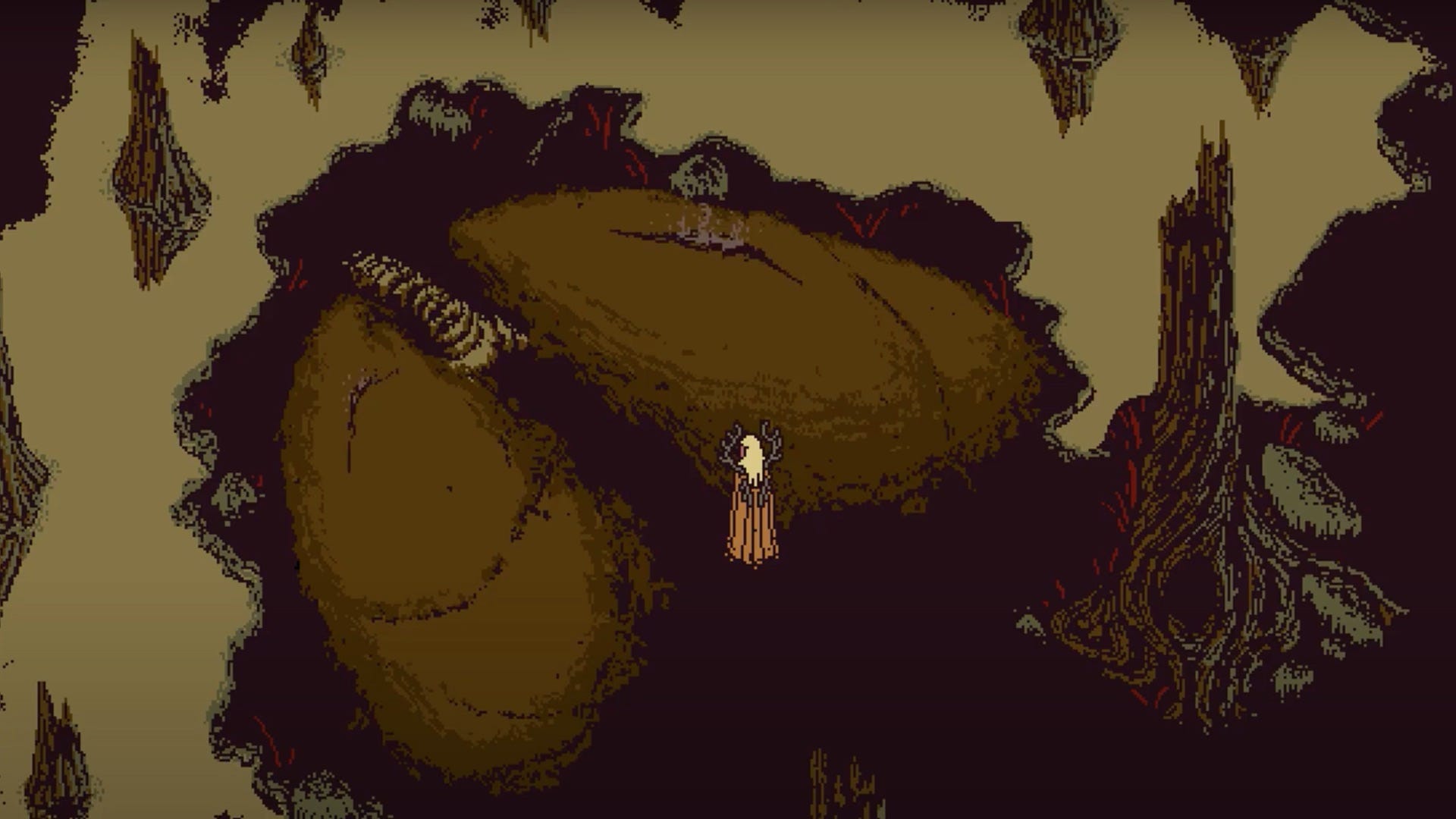WWW.ARCHPAPER.COM
AN rounds up mutual aid and relief efforts by architects in wake of Southern California fires
Now thatfires in Southern California have ravaged a land area equivalent of three Manhattans, at least 27 people have been killed. Several homes by Richard Neutra, Gregory Ain, Eric Owen Moss, and other prolific architects in Los Angeles are gone. Rent prices in Los Angeleshavesurged by up to 12 percent, as landlords cash in on the disaster. California Governor Gavin Newsom has tried to stop rent gouging. He also waived two environmental review lawstheCalifornia Environmental Quality Act (CEQA) and the California Coastal Actto spur quick construction, which drew criticism from legal experts. Hundreds of firefighters in the line of duty are incarcerated individuals, many of them teenagers, making less than $5 an hour. Architects have been actively involved in the relief effort. Zeina Koreitem, of MILLINS, is coordinating a volunteer fire patrol in Topanga, and Office of Office, an architecture, urban planning, and policy non-profit organization based in Los Angeles, is offering its services pro-bono to residents of color who have been impacted by the fires in Southern California.Design for LA quickly organized as a free and public directory of architects, designers, landscape architects, contractors, engineers and other experts related to the building process, particularly in Southern California. It is based on a shared Google spreadsheet for built-environment professionals who are willing to provide services.The list is spearheaded by Joanna Grant, who partnered with Meara Daly of NelsonDaly, a public relations firm. Grant, who lives in Altadena, has offered her architectural services to neighbors.Im a resident of Altadena. Last week, I nearly lost my home. We have been evacuated ever since, Grant told AN. My neighbor, a firefighter, his brother, and son got a truck and saved about eleven houses on our block. But everything else on our block is completely destroyed.Shane Reiner-Roth, who previously lived in Altadena, described his experience with the fires for AN.Palisades Fire (CAL FIRE OFFICIAL/Wikimedia Commons/Public Domain)Dori Tunstall has helped put together a new group of volunteers, Design for Disaster Response. Jobi Blachy at Roger Thomas has started a Go Fund Me to support architects and designers in distress.The team at Hello Human encouraged people to donate to Tristan Louis Marshs Los Angeles Fire Charity Art Auction, or consider partnering withLA Wildfire Relief Free Market.Lost HeritageKatie Horak, Docomomo US President, issued a statement of solidarity with the people of Los Angeles on January 14. Collectively, we mourn the loss of countless heritage sites, many of them icons of the modern movement, that tell the stories of our great city: stories of its people, its optimism, its creativity, and its ingenuity. The very things that drew modern architects to these parts of the city during the postwar periodhilly terrain, breathtaking views, the beauty of the natural environment, and temperate climateare also what made them vulnerable. As a result, these fires have claimed the largest concentration of modern heritage sites of any disaster in Los Angeles history, Horak continued. Kevin Keim, executive director of the Charles Moore Foundation, has been diligently protecting Moores Burns House. Keim also said firefighters from Idaho are in his neighborhood, helping with disaster relief. There is no more wind, which is the best thing ever, because that was half of the ingredient in this cataclysm, Keim said. Peter Harper of Breland Harper lamented whats been lost, but emphasized the need to move forward. So many people we know are displaced and several have lost everything. We feel incredibly, incredibly luckynow it is time to help, Harper told AN.The Palisades has been one of the hardest hit communities so far. (CAL FIRE OFFICIAL/Wikimedia Commons/Public Domain)Clients houses and several commercial buildings we did in the Palisades burned to the ground, all truly, truly devastating. Questions of preservation, community, rebuilding, fire preparednessthe futurebeauty, are of course occupying us, Harper elaborated. In the space of a single week we have seen people go from total loss and devastation to planning the rebuilding. I can only attribute this to a strength of characterfull of resolve and imagination, one that is distinctly Californian.Coming TogetherThe heartache is palpable and the devastation is beyond anyones ability to calculate, Harper Halprin and Aaron Leshtz of AAHA Studio told AN. So many are hurting, so many lives, and livelihoods, lost. At the end of the day, the only way forward is through and, as architects, we are uniquely positioned to be on the front lines.Leshtz and Halprin continued, We will never be able to replace or recapture what we have lost, but we must rebuild. Our outreach has painted a picture of resiliency and love for our city and for our neighbors that we had forgotten. The road to recovery is going to be challenging, but we are ready for the uphill battle.There will be endless metaphors about the city being reborn and rebuilt from the ashes, and the architecture community is ready to help lead the charge.The disaster has touched students and academics as well. SCI-Arc faculty member Erik Ghenoiu and his family lost their home. Theyve since started a Go Fund Mefor support.The recent events have deeply impacted our community: two of our faculty members lost their homes, and one student lost their parents home, SCI-Arcs communications director Stephanie Atlan told AN. Additionally, projects created by our faculty and founders were tragically destroyed. Atlan added that SCI-Arc faculty are regrouping and rewriting curricula to better equip our students to confront these evolving realities.Folks at RIOS have opened their office doors for members of the design community affected by the fires to come work, access Wi-Fi, and find community, a spokesperson noted.On February 8, the Asian American Pacific Island Design Alliance (AAPIDA) Los Angeles Chapter will host a working session at RIOSs office to discuss rebuilding after the fire.









